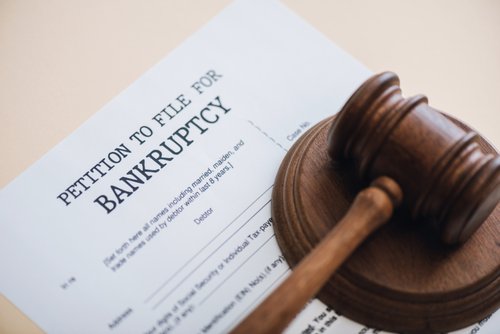
Filing for bankruptcy is one option for debt relief. Bankruptcy is a significant decision, and it’s not one to be taken lightly. However, there are two types of bankruptcies available to you, and they each have their benefits and drawbacks. Therefore, it would be best to weigh the pros and cons before making your final decision.
3. Using Bankruptcy Wisely May Help You Lower Your Debt

Chapter 13 might take years to complete, but it’s not a comprehensive debt settlement program like many people think. Unfortunately, this is the most common misconception when considering bankruptcy to relieve excessive debts. You may have heard of “Chapter 7,” which involves liquidating assets such as cars or homes. Still, other options are available that don’t involve selling off your belongings just yet!
Pros to filing bankruptcy include:
• Most of your debt is discharged and removed from your credit.
• An automatic stay is granted, preventing creditors from pursuing further collections.
• Wage garnishment & seizure of your property are disallowed.
Search The Best Options Today
And most importantly…
• You are granted the ability to start your financial life anew.
The IRS offers tax debt relief options for U.S. taxpayers suffering from financial hardship.
Did you know the IRS is aware of the COVID-19 pandemic and its impact on your finances? The truth is, there are a few tax debt relief options available to those who qualify. We’re here to help you understand what these options are and how they can benefit your situation so that you can get back on track with life again. So check the options below to learn more about your tax debt relief options today!

